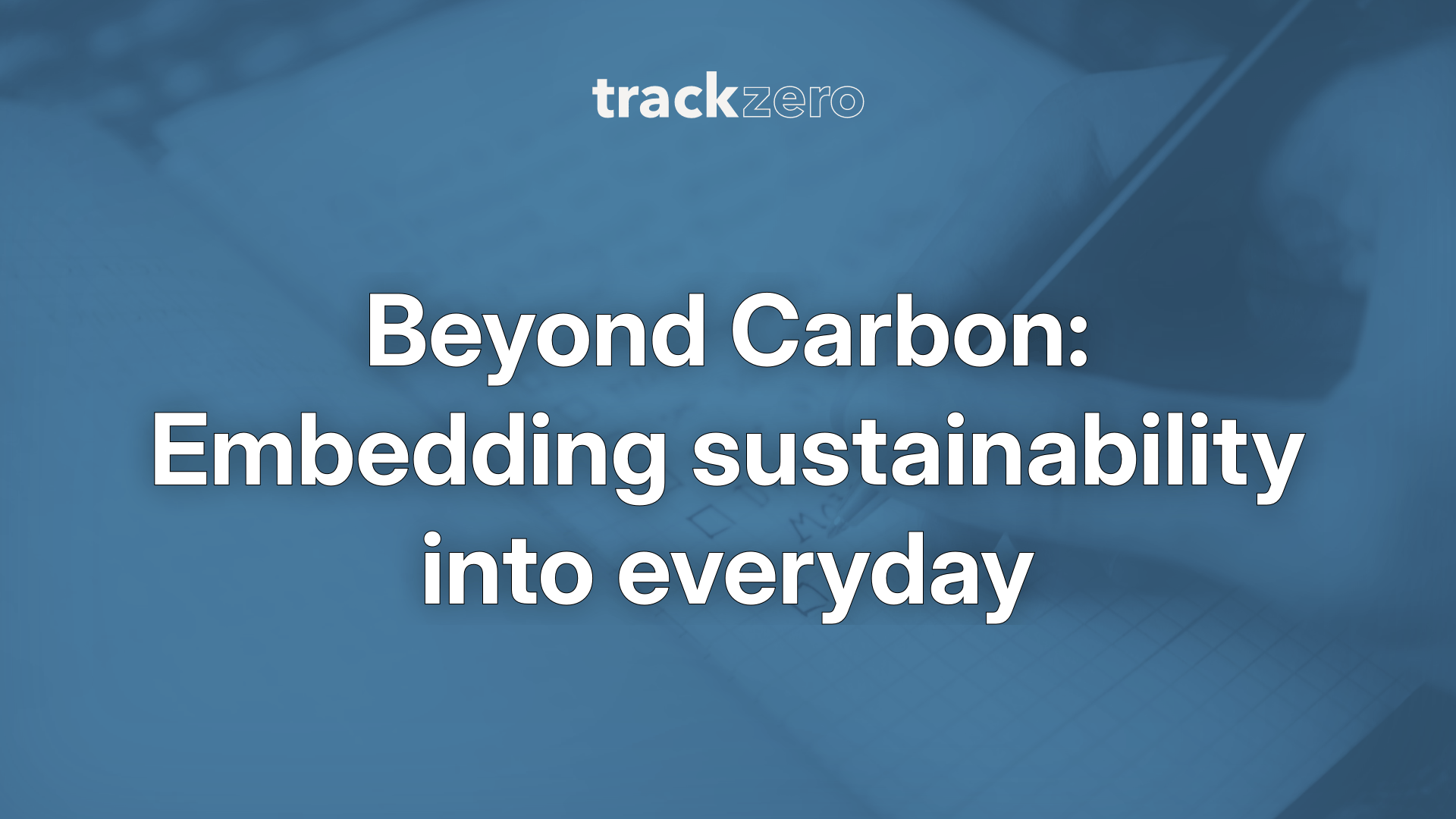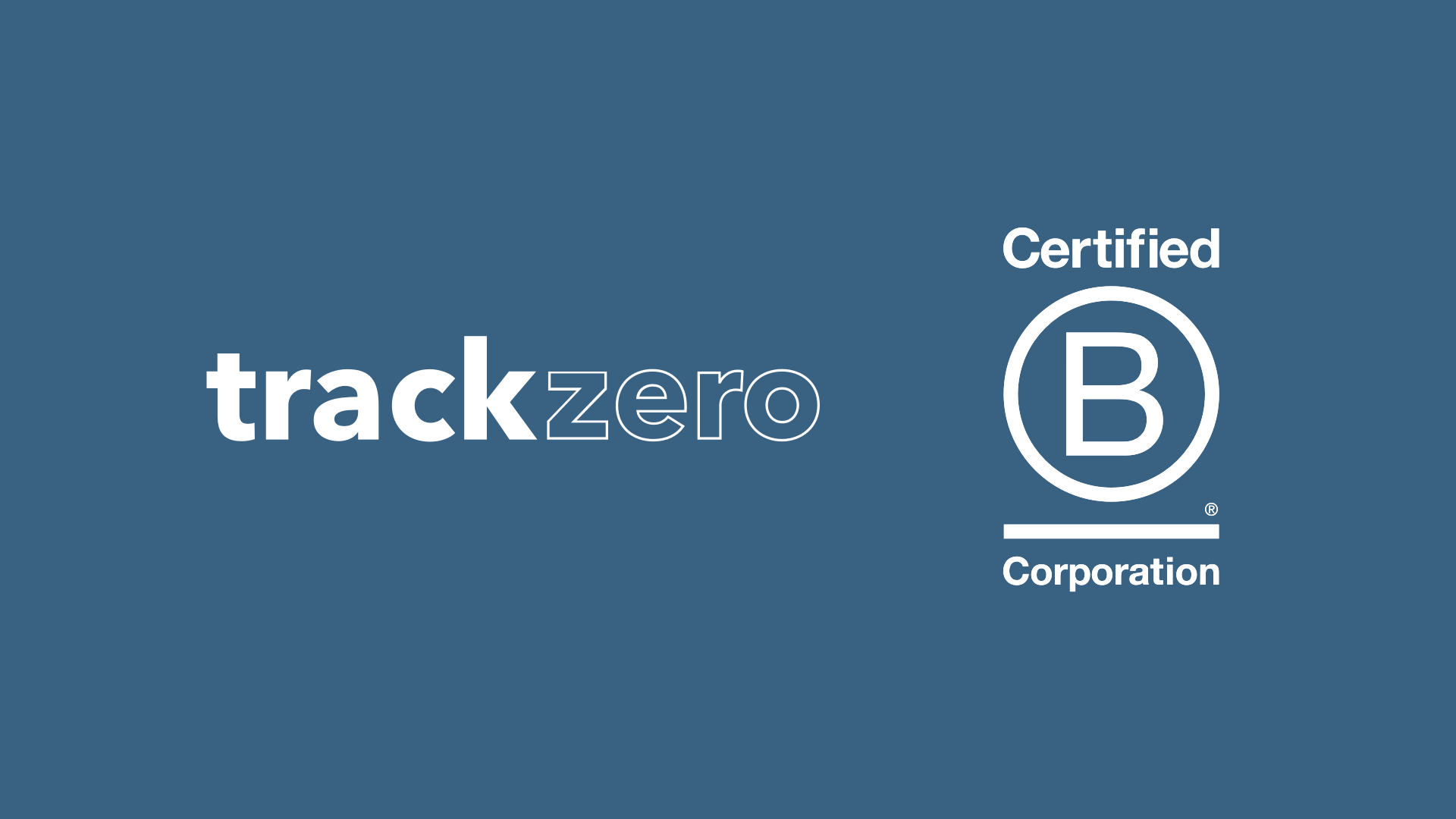For many organisations, carbon accounting has become a familiar exercise. Each year, emissions are measured, reports are compiled, and numbers are shared with stakeholders. These steps are valuable. They build transparency, accountability, and a foundation for progress. But as sustainability matures, something important is becoming clear. Counting carbon is not the same as cutting it. The real challenge is turning data into daily decisions that make a measurable difference.
Carbon counting is only the beginning
Most organisations start their journey by calculating their scope 1, 2, and 3 emissions. It is a logical and necessary first step. Yet, without connecting that data to how decisions are made, carbon accounting risks becoming another reporting cycle that happens once a year and then disappears into a spreadsheet. It needs to move from annual reports to everyday actions. When data only informs a single moment in time, it limits the potential for real change.
Making data useful, not just visible
The next step is about using carbon data to guide choices across departments:
- Procurement teams can integrate emissions data into supplier selection.
- Product designers can consider the footprint of materials before production begins.
- Operations teams can set carbon reduction targets alongside financial targets.
- Finance can connect sustainability projects to return on investment.
When carbon data becomes part of normal business processes, sustainability stops being a separate task and is easily embedded to drive even greater impact.
Why the gap still exists
Many organisations want to embed sustainability but struggle to do so. There are three main reasons:
- Data is scattered. Carbon information is often stored in separate systems that don't talk to each other.
- Teams lack ownership. It is not always clear who is responsible for turning targets into action.
- Progress is hard to measure. Without feedback loops, it is difficult to see whether actions are working.
This creates frustration for sustainability teams and confusion for everyone else. The intention is there, but the structure is missing.
Practical Tips to Embed Sustainability Into Daily Business
1. Include carbon considerations in every purchase
- Create a simple checklist for procurement: energy use, materials, transport emissions, and supplier sustainability credentials.
- Score suppliers using a standard template and use the results to guide purchasing decisions, or use TrackZero for procurement.
2. Make energy and resource use visible
- Display real-time energy or water usage on dashboards in offices, warehouses, or production sites.
- Set small daily or weekly reduction targets for teams, such as reducing electricity by 5% per month.
3. Integrate sustainability into routine meetings
- Add a "carbon check" agenda item in weekly team or project meetings.
- Ask, "Does this decision increase emissions?" and explore alternatives before committing.
4. Track and share simple metrics
- Use easy-to-read visuals for each department: for example, kg CO₂ per project or per product line.
- Celebrate teams that reduce emissions or adopt more sustainable practices.
5. Automate wherever possible
- Use platforms like TrackZero to centralise data collection from suppliers or departments.
- Automate reporting to highlight areas of high impact and avoid manual spreadsheet work.
6. Turn waste into a learning opportunity
- Track where resources are being wasted, packaging, materials, energy, travel.
- Discuss in team huddles or retrospectives what could be improved for the next cycle.
7. Empower employees with small, achievable actions
- Encourage small daily actions such as switching off unused equipment, reducing printing, or choosing low-carbon transport options.
- Make these actions measurable and trackable, even if on a simple spreadsheet or dashboard.
8. Link sustainability to incentives
- Include carbon reduction or efficiency improvements in team or individual performance goals.
- Recognise teams or departments that consistently find innovative ways to reduce emissions.
9. Start with pilots and scale gradually
- Choose one process, department, or product line to embed sustainability first.
- Measure the impact, learn from challenges, and then expand initiatives across the organisation.
10. Make results visible and engaging
- Share progress internally through newsletters, intranet dashboards, or town halls.
- Celebrate collective improvements to reinforce a culture of sustainability.
Embedding sustainability into everyday business is not about adding more work. It is about making carbon data useful, visible, and actionable for the people who make decisions every day. Small, consistent actions, guided by clear data, simple processes, and collaborative tools can accumulate into meaningful impact across your organisation and supply chain.
Platforms like TrackZero make this easier. By centralising data collection, providing guided assessments, and turning insights into practical actions, TrackZero helps businesses move from reporting to real progress. Every purchase, design choice, operational decision, and supplier interaction can contribute to a lower-carbon future when sustainability is integrated into daily workflow.




